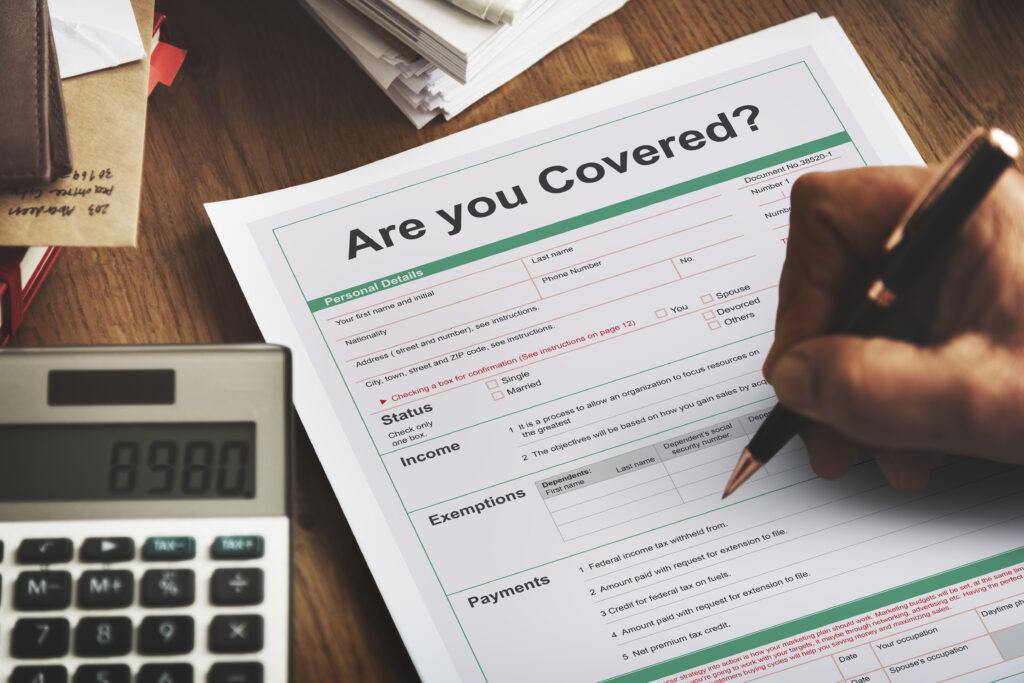Medicare is a federal health insurance program primarily for individuals aged 65 and older. However, you may qualify for Medicare earlier if you have certain conditions such as a qualifying disability, End-Stage Renal Disease (ESRD), or Amyotrophic Lateral Sclerosis (ALS), also known as Lou Gehrig’s disease. Medicare helps cover many essential healthcare services, and understanding your eligibility and coverage options is the first step toward making informed decisions about your health.
Wondering When To Start Medicare?
Medicare enrollment isn’t one-size-fits-all. Some people are enrolled automatically, while others need to sign up manually — it all depends on your situation.
If you’re already receiving Social Security retirement or disability benefits before turning 65, you’ll typically be enrolled in Medicare Parts A and B automatically. However, if you’re not yet receiving these benefits, you’ll need to take action and sign up yourself.
Most people become eligible for Medicare when they turn 65. Your Initial Enrollment Period (IEP) begins three months before your 65th birthday, includes the month you turn 65, and continues for three months after. Enrolling on time ensures your coverage starts smoothly and helps you avoid late enrollment penalties that can last a lifetime.
Still working past 65? Have employer coverage? Receiving disability? These factors can impact your Medicare enrollment timeline and coverage decisions.
Medicare is personal — your work history, current coverage, and Social Security status all play a role.
Which path is right for me?
“Medicare is personal—everyone’s path is different. Your age, work status, and whether you receive Social Security retirement or disability benefits all influence when and how you should enroll. Contact me today to review your current situation and explore the best steps forward to meet your healthcare needs.”

Medicare Part A:
Medicare Part A, also known as hospital insurance, helps cover inpatient care in hospitals, skilled nursing facility care (not long-term care), hospice care, and some home health care services. Most people don’t pay a premium for Part A if they or their spouse paid Medicare taxes while working. While Part A helps cover these services, it doesn’t pay 100%—you’re still responsible for deductibles, coinsurance, and other out-of-pocket costs.

For Part B:
Medicare Part B is medical insurance that helps cover doctor visits, outpatient care, preventive services, durable medical equipment, and some home health care. Unlike Part A, most people pay a monthly premium for Part B. It typically covers 80% of approved services after the annual deductible is met, with the beneficiary responsible for the remaining 20%. Enrolling in Part B is important to avoid late penalties and ensure access to routine and specialist care.

For Part C:
Medicare Part C, also called Medicare Advantage, is an alternative way to receive your Medicare benefits through private insurance plans approved by Medicare. These plans combine Part A (hospital insurance) and Part B (medical insurance) coverage, and often include extra benefits like prescription drug coverage, vision, dental, and wellness programs. Part C plans may have different costs and rules than Original Medicare, offering more options but requiring enrollment in both Parts A and B.

For Part D:
Medicare Part D provides prescription drug coverage to help lower the cost of medications. Offered through private insurance plans approved by Medicare, Part D helps pay for both brand-name and generic drugs. Beneficiaries typically pay a monthly premium, along with copayments or coinsurance when filling prescriptions. Enrolling in Part D when first eligible can help avoid late enrollment penalties and ensure access to needed medications.

